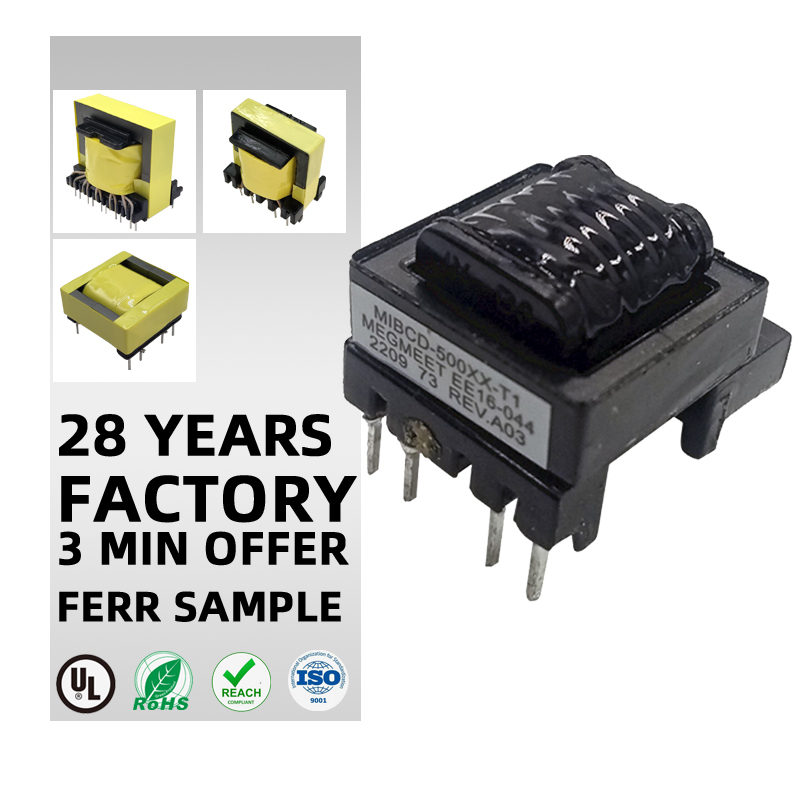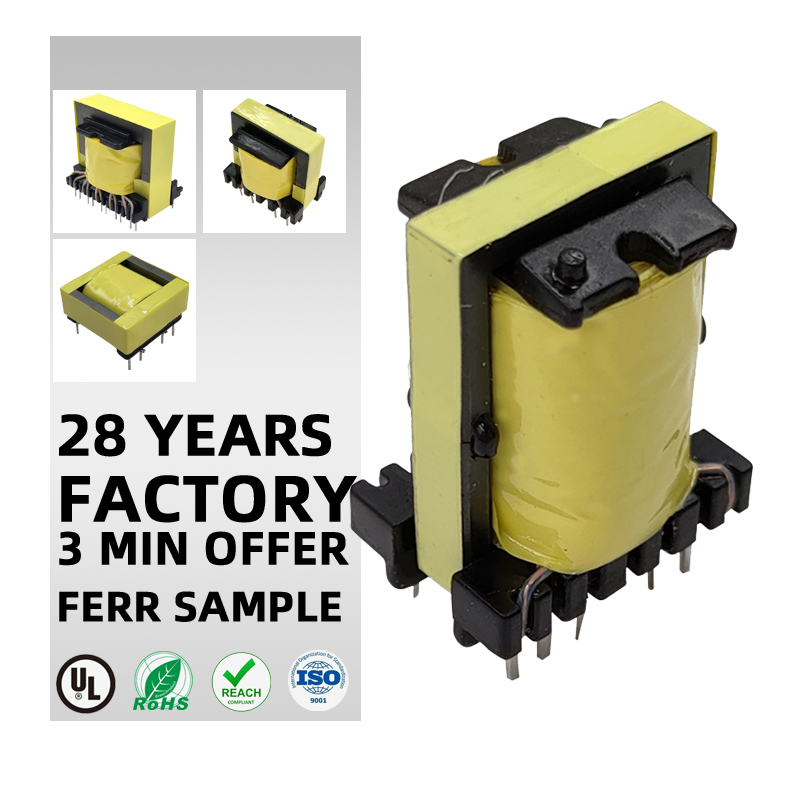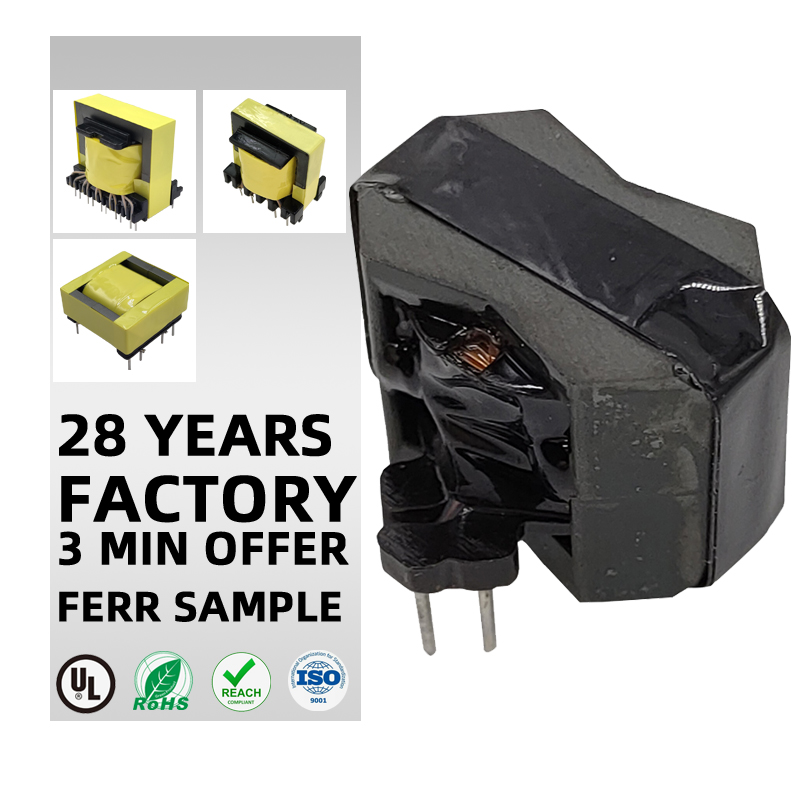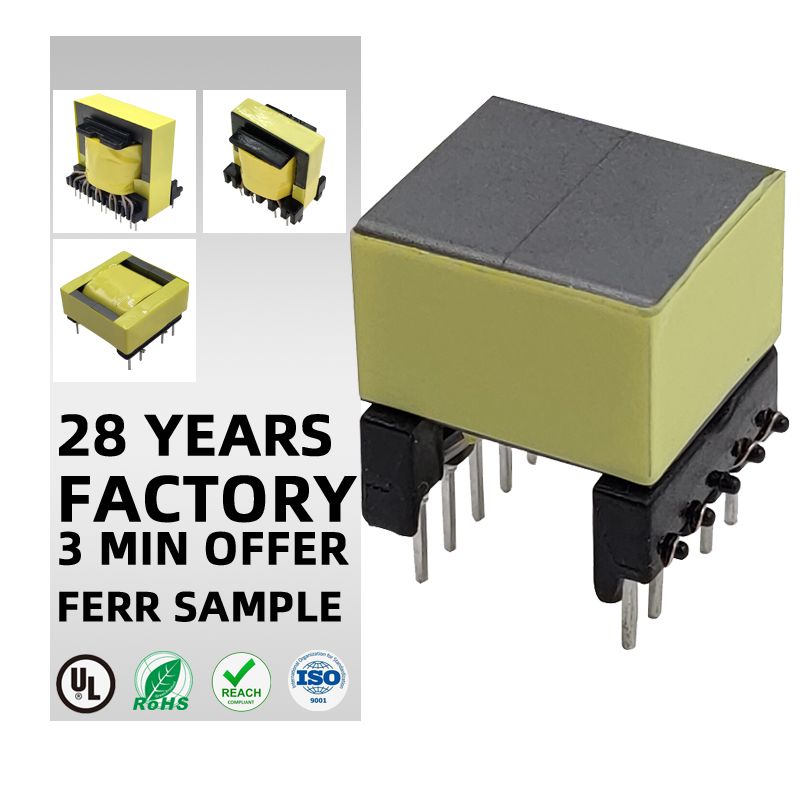How to reduce 220V to 110V?
2024-08-24
Reducing 220V to 110V can be achieved in several ways, depending on the type of application and the equipment you need to power. Here are the most common methods to step down voltage from 220V to 110V:
1. Use a Step-Down Transformer:
- A step-down transformer is the most reliable and efficient way to convert 220V to 110V. It works by reducing the voltage through electromagnetic induction, changing the voltage without altering the frequency.
-
How to use it:
- Connect the primary input of the transformer to the 220V power supply.
- Connect the device to the secondary output side, which provides 110V.
- Ensure that the transformer’s wattage rating is higher than the device's power consumption to prevent overloading.
- Use case: Suitable for large appliances or industrial equipment that need to run continuously on 110V.
2. Use a Voltage Converter:
- A voltage converter (or adapter) is a portable device designed to convert 220V to 110V or vice versa. It is commonly used by travelers or for small household appliances.
-
How to use it:
- Plug the converter into a 220V outlet.
- Plug the 110V appliance into the converter.
- Select the correct mode (step-down) if the converter supports both step-up and step-down conversion.
- Use case: Best for small devices like laptops, chargers, or portable electronics.
3. Use an Autotransformer:
- An autotransformer can also step down voltage from 220V to 110V. Unlike a traditional transformer, it shares windings between the primary and secondary sides, making it more compact and efficient.
-
How to use it:
- Connect the 220V supply to the autotransformer's input.
- The output will provide 110V.
- Make sure to match the autotransformer's power rating to the appliance you’re using.
- Use case: Suitable for medium to large appliances where weight and efficiency are considerations.
4. Change Wiring Configuration (Split-Phase Systems):
- In regions like the U.S., a split-phase electrical system provides both 220V and 110V from the same supply. If you have a 220V supply, you can modify the wiring to create a 110V supply by tapping into one phase and the neutral.
-
How to do it:
- You need access to the wiring panel and must understand electrical wiring.
- A qualified electrician can tap one leg of the 220V line and neutral to create a 110V outlet.
- Use case: This is a long-term solution for households or buildings that require both 220V and 110V.
5. Use a Diode or Resistor (for Low-Power Devices):
- For very low-power devices, you can use a diode or resistor to drop the voltage. This is generally not recommended for larger appliances but can be used in certain low-power circuits or simple electronic devices.
-
How it works:
- A resistor or diode is added in series with the load to reduce the voltage.
- This is a less precise and less safe method, so it's only for electronics enthusiasts or specific small applications.
6. Install a Dedicated 110V Circuit:
- If you're frequently using 110V appliances in a 220V environment, an electrician can install a dedicated 110V circuit by wiring a new breaker panel to provide a 110V outlet.
-
How to do it:
- Contact a licensed electrician to run a new 110V line.
- This solution will provide permanent 110V access for certain rooms or devices.
- Use case: Best for home renovations or long-term solutions for areas that require both voltage standards.
Important Considerations:
- Power Rating: Ensure the transformer or converter is rated for the wattage of the devices you plan to use.
- Frequency (Hz): Some countries use 50Hz power, while others use 60Hz. Most modern appliances are designed to handle either frequency, but certain motors or clocks may behave differently if the frequency is not what they are designed for.
- Safety: Always follow safety guidelines, especially when dealing with high-power appliances. If unsure, consult an electrician.
Recommended Devices for 220V to 110V Conversion:
- Step-Down Transformer: Suitable for heavy-duty, high-power appliances.
- Voltage Converter: Ideal for travel or small household devices.
- Autotransformer: Efficient and compact for medium to high-power needs.
In summary, the best method to reduce 220V to 110V depends on your specific needs. For heavy appliances, a step-down transformer is ideal, while for small electronic devices, a voltage converter is more convenient. For permanent solutions, installing a 110V circuit or using a split-phase system might be appropriate.
-
E-MAIL: pxsales3@goldeneagle-cn.com
Phone: +86-18979985376
NAME: JUDY










